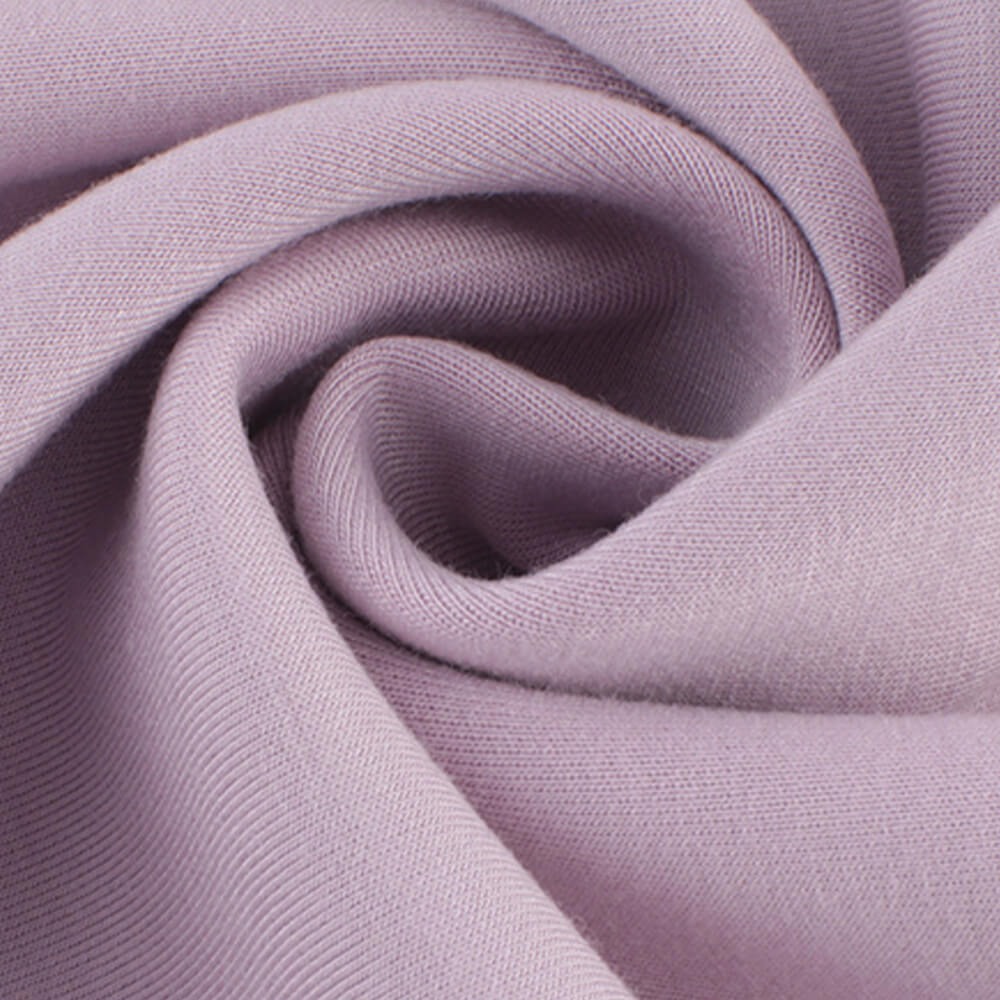Introduction:
Imagine clothing that feels like a second skin, keeping you cool in summer and warm in winter – this is the promise of air layer fabric.
What is Air Layer Fabric?
Air layer fabric, also known as air spacer fabric or 3D air mesh fabric, is a specialized textile engineered to create a breathable and lightweight layer between the body and the clothing. It consists of two or more layers of fabric connected by vertical piles or spacer yarns, forming a three-dimensional structure. This innovative design allows for enhanced air circulation, moisture-wicking properties, and superior insulation, making it an ideal choice for various apparel applications.
Pros and Cons
Pros
- Breathability: The primary advantage of air layer fabric is its exceptional breathability. The three-dimensional structure facilitates airflow, preventing moisture buildup and maintaining a comfortable microclimate against the skin.
- Comfort: Garments made from air layer fabric offer a luxurious feel, thanks to their soft texture and lightweight nature. They provide a gentle cushioning effect, reducing friction and pressure points, thus enhancing overall comfort.
- Insulation: Despite being lightweight, air layer fabric provides excellent insulation. The air pockets trapped within the fabric layers act as thermal barriers, keeping the wearer warm in colder temperatures and cool in warmer climates.
- Moisture Management: Another noteworthy feature is its moisture-wicking properties. The fabric efficiently wicks away sweat and moisture from the skin, promoting evaporation and keeping the wearer dry and fresh.
- Versatility: Air layer fabric is highly versatile and can be used in a wide range of garments, including activewear, outerwear, lingerie, and even footwear.

Cons:
- Cost: One of the main drawbacks of air layer fabric is its relatively higher production cost compared to conventional textiles. The intricate manufacturing process and specialized machinery contribute to increased expenses, which may reflect in the final retail price of the garments.
- Durability: While air layer fabric offers exceptional comfort and performance, its durability can vary depending on the specific composition and construction. Some variants may be prone to pilling or snagging, requiring proper care to maintain their integrity.
Garments and Applications
The versatility of air layer fabric opens up a myriad of possibilities in garment design and functionality. Here are some examples of garments that benefit from this innovative textile:
- Athletic Apparel: Air layer fabric is a popular choice for sportswear and activewear due to its breathability, moisture-wicking capabilities, and flexibility. From running shorts to yoga leggings, athletes and fitness enthusiasts rely on its comfort and performance during workouts.
- Outerwear: In outerwear, air layer fabric is used in jackets, vests, and coats to provide lightweight insulation without adding bulk. Whether braving the chill of winter or facing unpredictable weather conditions, these garments offer warmth and protection while ensuring breathability.
- Intimate Apparel: Lingerie brands have embraced air layer fabric for its softness and breathability, creating bras, panties, and sleepwear that prioritize comfort without compromising support.
- Footwear: Shoe manufacturers incorporate air layer fabric into insoles, linings, and uppers to enhance breathability and cushioning. Sneakers, hiking boots, and casual shoes benefit from its moisture-wicking properties and enhanced airflow, promoting foot health and comfort.
Diverse Weights and Textures
One of the distinguishing features of air layer fabric is its ability to be tailored to different weights and textures, offering versatility in design and functionality. From lightweight, mesh-like constructions suitable for activewear to denser, plush variations ideal for cold-weather garments, the possibilities are endless. Additionally, various surface textures, such as smooth, ribbed, or embossed finishes, add aesthetic appeal and tactile interest to the fabric.
In conclusion, air layer fabric represents a remarkable innovation in textile technology, revolutionizing the apparel industry with its unparalleled comfort, breathability, and versatility. While it may have its drawbacks, the benefits it offers far outweigh any limitations, making it a coveted choice for designers and consumers alike. With its diverse weights, textures, and applications, air layer fabric continues to push the boundaries of what’s possible in garment design, setting the stage for a new era of comfort and performance in fashion. Join us as we delve deeper into the versatility and innovations of air layer fabric in our upcoming posts.



